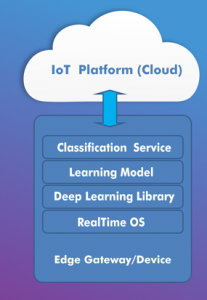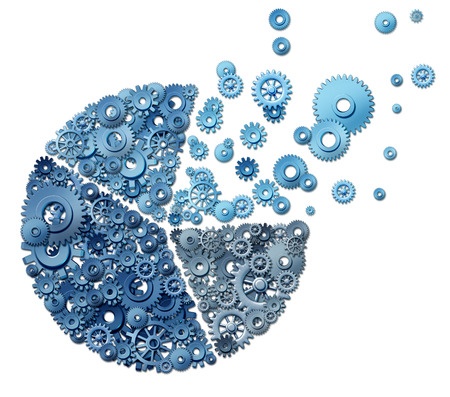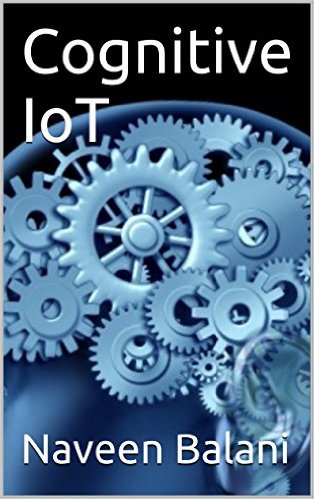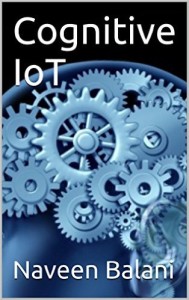“While AI means artificial intelligence, we need real implementation rather than marketing intelligence”.
Every one is talking about AI, implementing AI, but where are the tangible results? Barring few players, rest every other news is marketing and the real value of AI is yet to be delivered. There is a clear mismatch between what we can achieve today and what lays ahead in future.
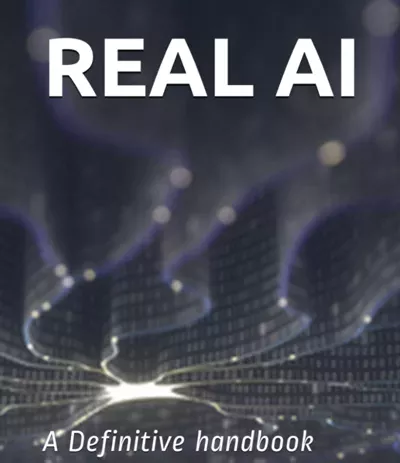 Our aim in this book is to provide a real view of AI, where it exists today and what we can achieve in future. Through this book, we plan to answer these following questions in a vendor neutral way –
Our aim in this book is to provide a real view of AI, where it exists today and what we can achieve in future. Through this book, we plan to answer these following questions in a vendor neutral way –
- If we have all the data, can AI help to build any possible solution?
- Can AI platform developed for solving quiz, solve cancer problems?
- Does an AI platform learn on its own?
- Can we build Enterprise AI solutions by just using AI, ML and Cognitive services from cloud vendors?
- Is today’s generation of chatbots a glorified version of if–then-else-entity based rules?
- Does a true Investment AI assistant exist today?
- Is general intelligence a reality or myth?
- Is there a recipe to build a successful AI project?
The Real AI book is part of our “The Definitive handbook” series. Our vision in the – “The Definitive handbook” series is to enable our readers to understand the technology in simple terms and provide a go-to reference and a recipe for building any real-world application using the latest technology. The book is planned to be released early next year. If you like to provide topic and suggestions for the book, kindly write to me at me@naveenbalani.com
This is our third – “Definitive handbook” series work, the first being – “Enterprise IoT” which got acknowledged as one of the Top Computing book for 2016 by computingreview.com (http://computingreviews.com/recommend/bestof/notableitems.cfm?bestYear=2016) and the latest being – “Enterprise Blockchain“.

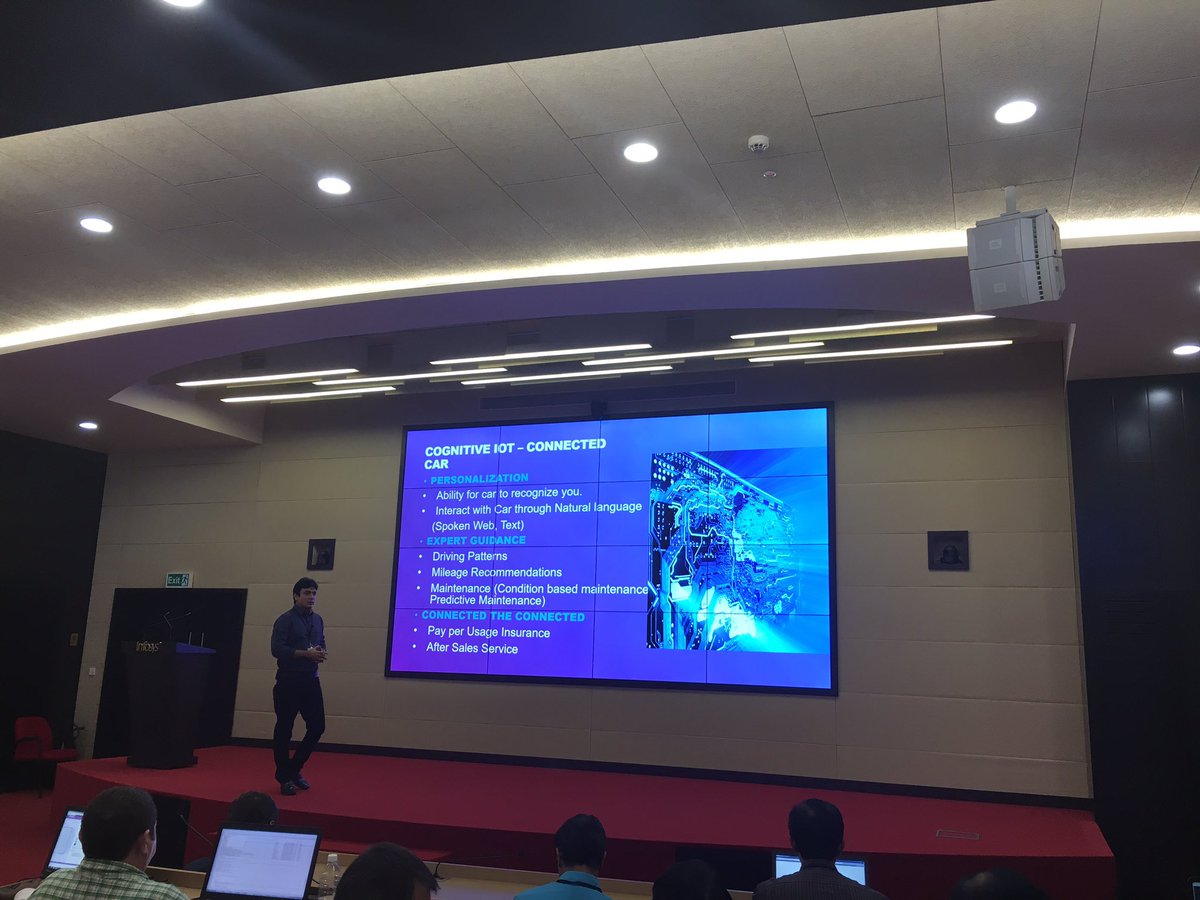

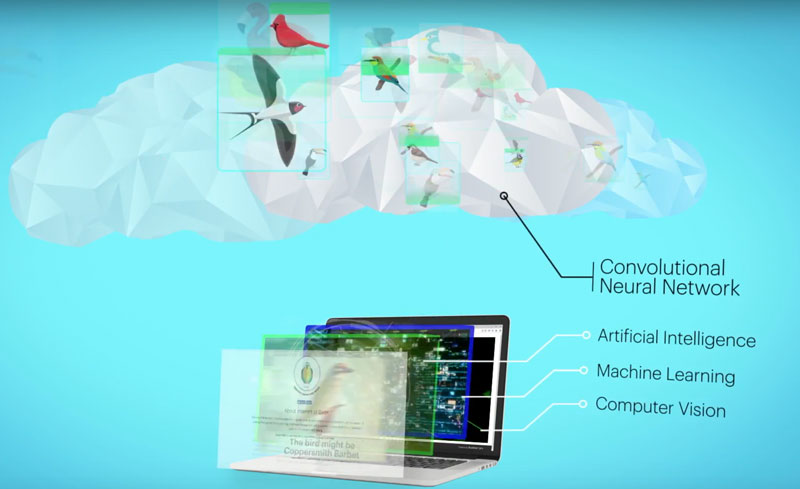
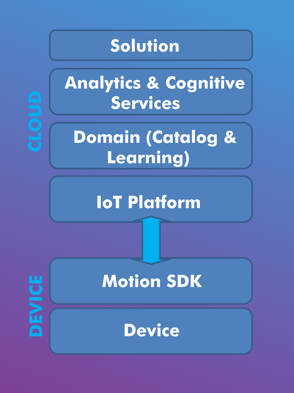
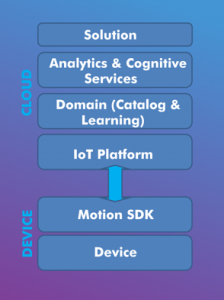 For an architecture stack perspective, you have the low powered embedded device installed inside the ball or embedded as part of the design and manufacturing process, its provides at least 6 Axis combo sensor for accelerometer and gyroscopes reading to identify any movement in 3d space. A Motion SDK is installed on top of the device to identify any movements in general and communicate the reading to the cloud. In cloud, we have the learning model or the training data. Basically, we would ask an expert batsman to bat and play various expert strokes like cover drive etc. and record their movements from sensors (bats/pads etc) as well as visuals (postures etc), this would be used as the training / test data and comparison would be made against it. As we are comparing 3D models, machine learning approaches like dimension reduction can be employed ( and many new innovation approaches) to compare two motion and predict the similarity. Similar training data is captured from an expert baller, along with other conceptual information like hand movements, pitch angles etc.
For an architecture stack perspective, you have the low powered embedded device installed inside the ball or embedded as part of the design and manufacturing process, its provides at least 6 Axis combo sensor for accelerometer and gyroscopes reading to identify any movement in 3d space. A Motion SDK is installed on top of the device to identify any movements in general and communicate the reading to the cloud. In cloud, we have the learning model or the training data. Basically, we would ask an expert batsman to bat and play various expert strokes like cover drive etc. and record their movements from sensors (bats/pads etc) as well as visuals (postures etc), this would be used as the training / test data and comparison would be made against it. As we are comparing 3D models, machine learning approaches like dimension reduction can be employed ( and many new innovation approaches) to compare two motion and predict the similarity. Similar training data is captured from an expert baller, along with other conceptual information like hand movements, pitch angles etc.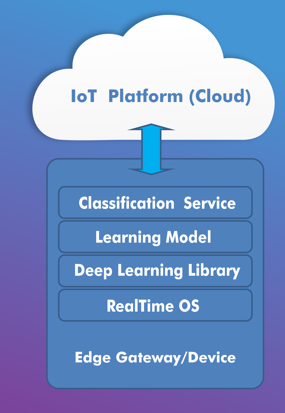
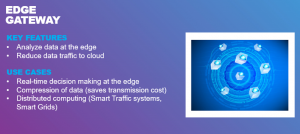 In order to build out the solution, you need to employ computer vision algorithms on the edge. You can build this using commercial available API’s or using various open source deep learning framework like Theano, TensorFlow, Café etc. Deep learning is a branch of machine learning for learning multiple levels of representation through neural networks. Neural network in image processing, automatically infer rules for recognizing images instead of you extracting thousands of features to detect images.
In order to build out the solution, you need to employ computer vision algorithms on the edge. You can build this using commercial available API’s or using various open source deep learning framework like Theano, TensorFlow, Café etc. Deep learning is a branch of machine learning for learning multiple levels of representation through neural networks. Neural network in image processing, automatically infer rules for recognizing images instead of you extracting thousands of features to detect images.